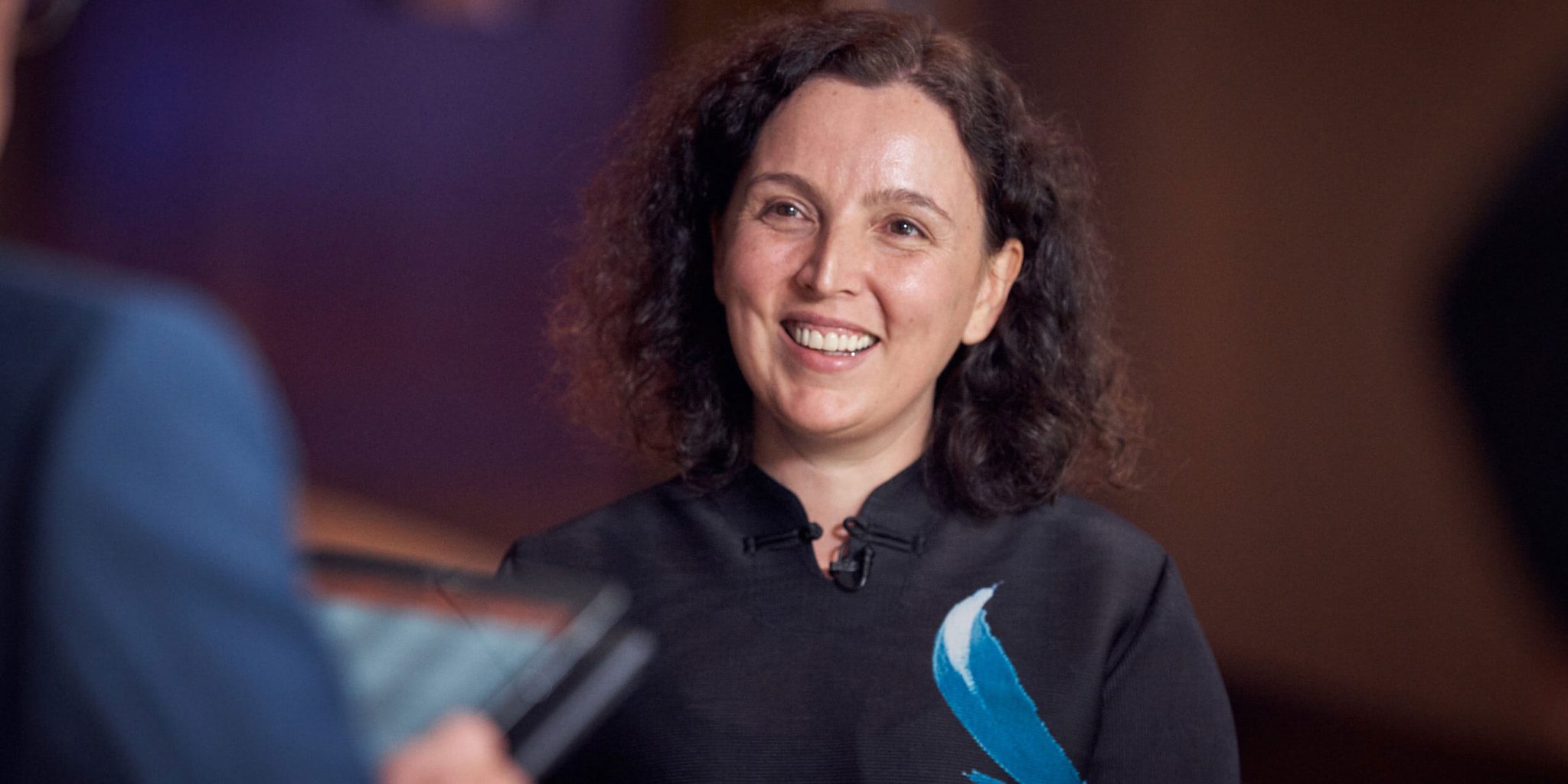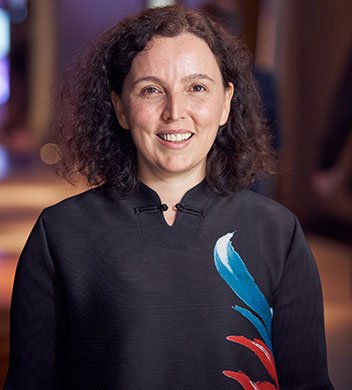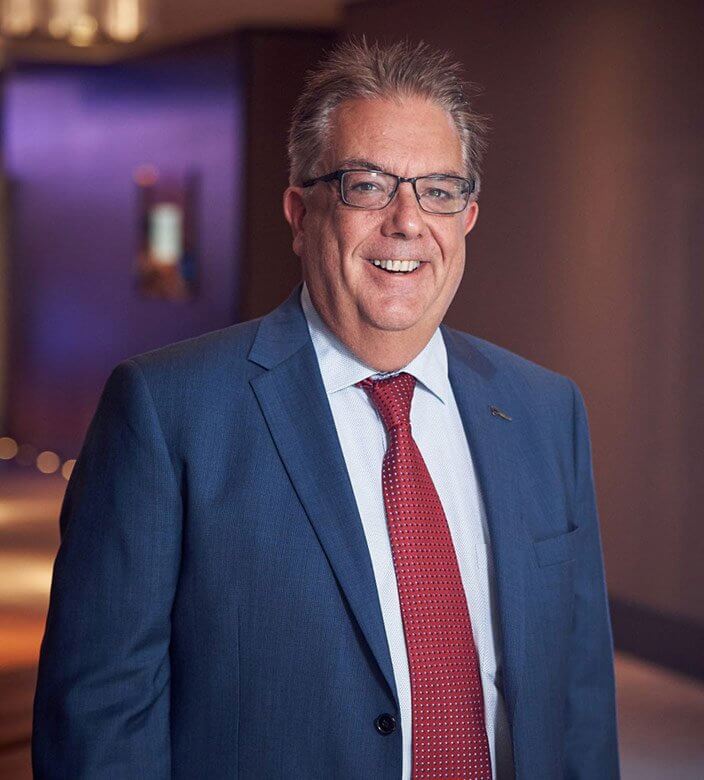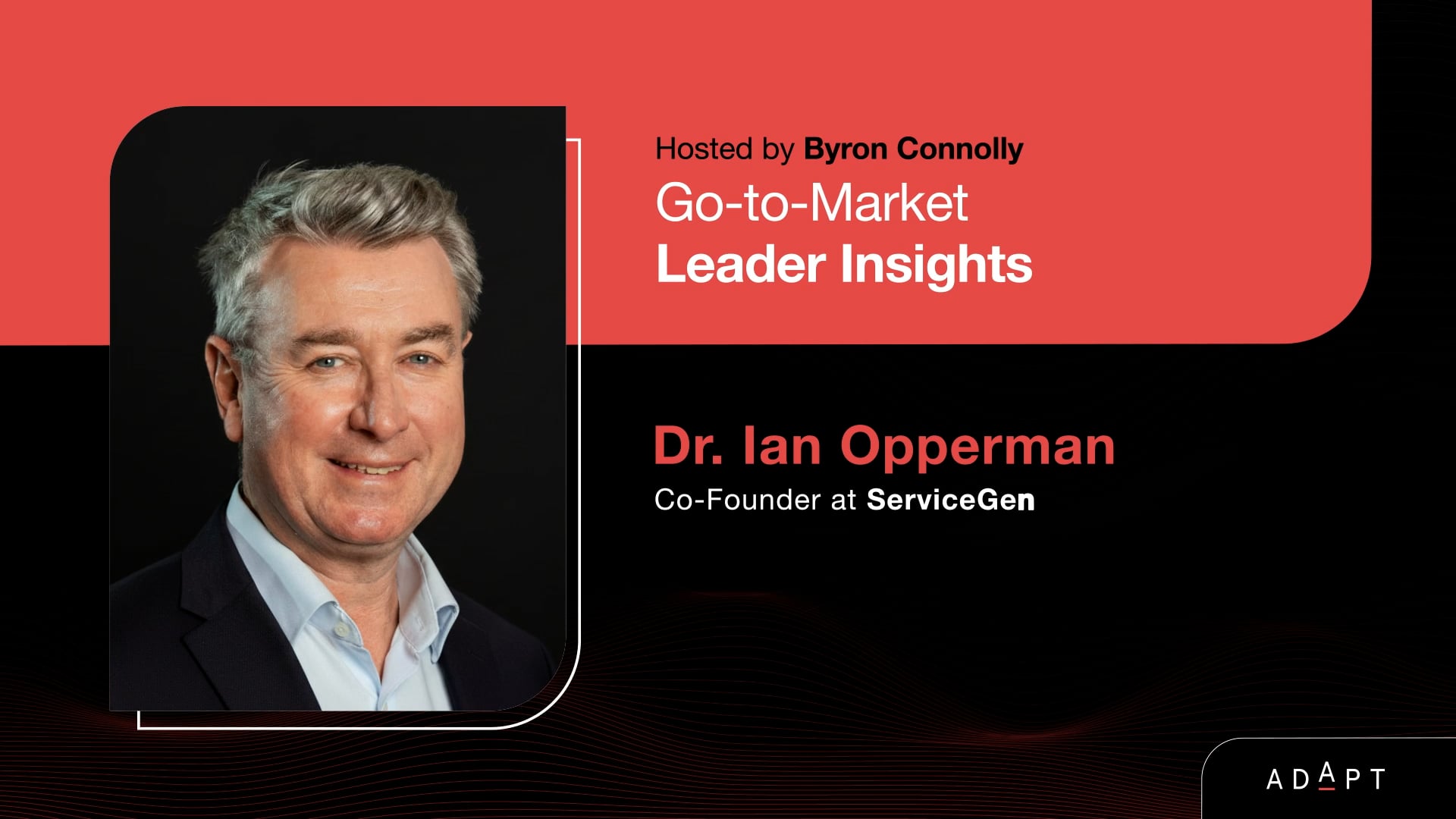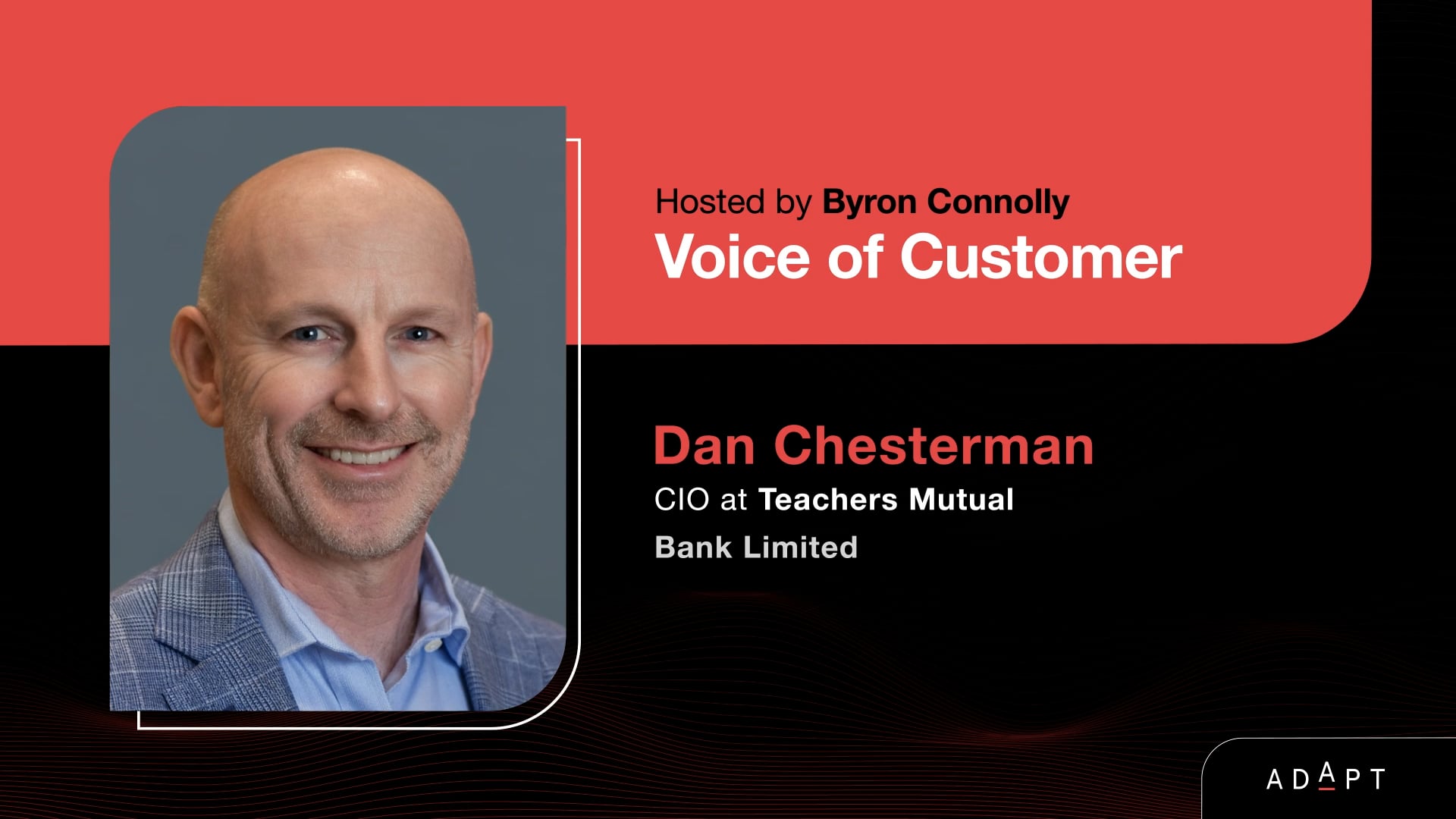ADAPT’s Matt Boon interviews Ines Almeida, Chief Transformation officer and digital transformation advisor to ANZ Bank.
Matt Boon:
Good afternoon Ines and thank you for talking with me today. We talk about agile and agility almost in the same breath. I’d be interested from your point of view, if you could spend a bit of time articulating to us the differences, if you’d like, between agile and agility, particularly from an IT point of view.
Ines Almeida:
Sure, an agile movement started with the CIO and the technology teams, focusing on delivering software fast so it’s quite an important part of what we’ve been trying to achieve. We’ve been going mainstream and going viral in the enterprise, but there’s a difference between agile and enterprise agility. There are agile ways of working that include innovations and mindset, that include empowering people to innovate to find better ways of working to deliver speed value and deliver more often.
When we talk about enterprise agility or business agility, what does that mean? At the end of the day, it means three things. It means that we need to deeply understand and anticipate customer needs, that’s number one. We understand customer needs so that we can deliver great products, services, and experiences. We need to do that over and over again by having operational agility but also strategic agility.
If you look at a lot of what we’ve been doing in agile, we’ve been focusing on just operating agility and ways of working. It’s time for the CIO to champion with the rest of the C-Suite business agility across the board and that means we focus on the customer and not the connected experience that we are delivering to that customer. If we do that we truly can talk about Spotify because Spotify is not a model of efficiency, It’s a model of really deeply personalising experiences and driving growth on the back of that. That’s business agility. Operational agility, software delivery and better ways of working are just part of it.
We are very quickly moving into a world where the end customer has such high expectations that we can no longer just focus on the operational part of agility.
Matt Boon:
Experience is increasingly becoming the differentiator for organizations, their products and their services. When you think about experience and ultimately think about the customer, where does employee rate in this?
Clearly, customer experience is important but making sure we’re delivering the right experience and outcome for our employees is equally as important.
Ines Almeida:
The people in the business are the biggest enablers of customer centricity but innovation is a big part of that. So of course, they are front and centre, as we see with the call centres of certain business and they are trying to make up for the problems with the fragmentation in the system.
So, we are at the point now that when we are talking about a big business every one of those customers, every one of those employees in the front line should participate in the design of the connected experience and ecosystem because better than anybody else, they know where it hurts.
Matt Boon:
So it’s about getting the employees more engaged at that level. So not necessarily just about improving their experience at work but helping them improve their work, life, and all of that sort of thing. Really looking at it an overall 24-hour perspective rather than a much more sort of granular work only perspective.
Ines Almeida:
Yeah, so we are moving to cross-functional teams and ways of working where front-line employees should be absolutely part of the group that together with IT, together with designers, together with all sorts, compliance, are designing the future.
So we need to break this silo between IT and digital and all of that. It’s very hard to achieve because people come from different lenses, have very different ways of working.
That’s going to be a battleground for us changemakers for a very long time.
Matt Boon:
So ultimately, we need to be thinking about how we develop some of these skills, specifically at the CIO level. Typically, when you look at CIOs of today, they’re not necessarily hired for that reason.
Ines Almeida:
So all of the trends that are coming out of our analysis etc., are seeing that CIOs are again one of the primary people in the C-Suite that is going to lead digital business transformation, the next wave.
That is happening because CIOs have been through such a journey of understanding the people side. For the CIO to do that, better than anybody else that she knows, how to connect legacy systems with digital ecosystems, so she’s in the best position to do that.
Now we need to move it one step further into design lead which is about the connected experience offline and online across the entire journey from awareness all the way to an acquisition and beyond it.
So the only thing we need, the CIO needs to do is to be customer centred and look at connected experience and strategic agility.
Everything else has been doing, has been looking at ways of working, has been looking at agile initiatives, they’ve been looking at connecting and integrating all this with a very fragmented picture in the enterprise. So they are in a really good position to lead the next wave.
Matt Boon:
Ines, thanks for talking with us today.
Ines Almeida:
Thank you very much.
 Watch Video
06:30
Watch Video
06:30





















